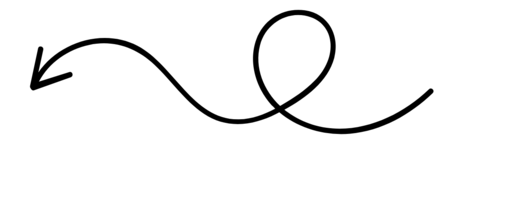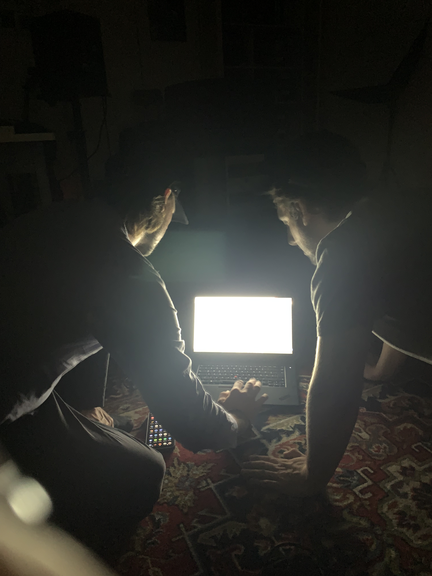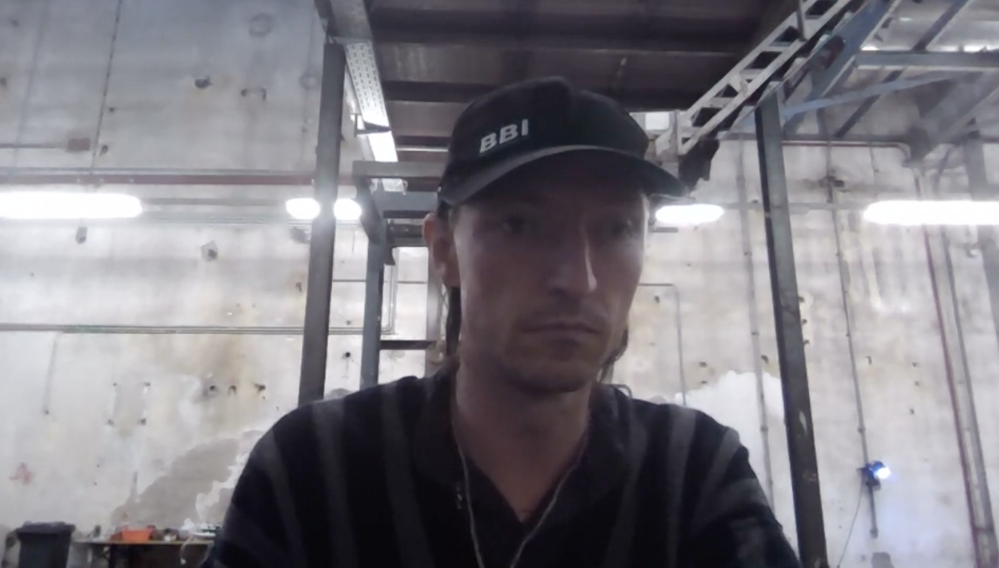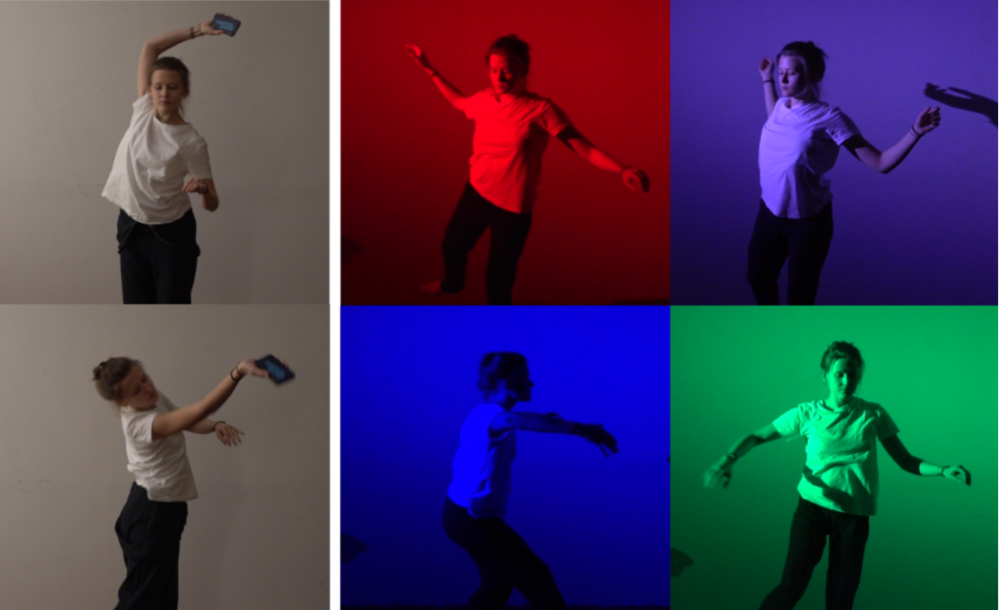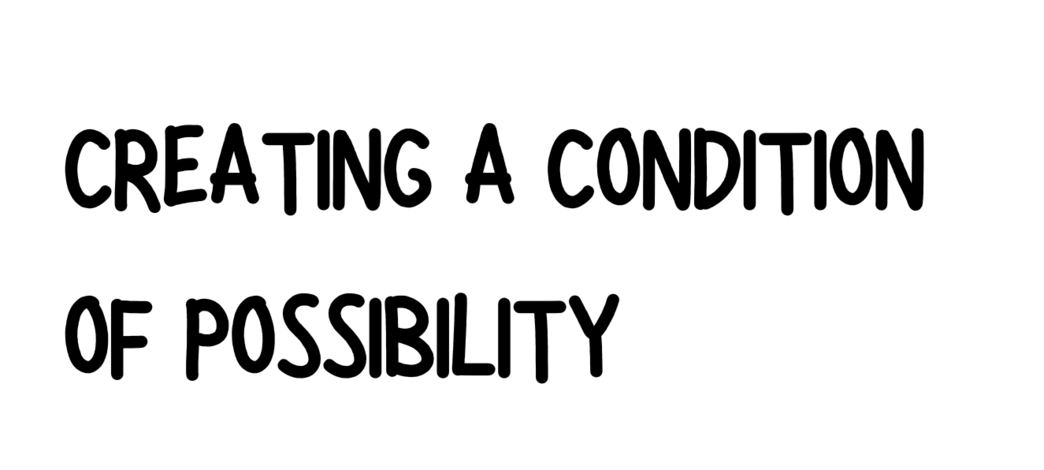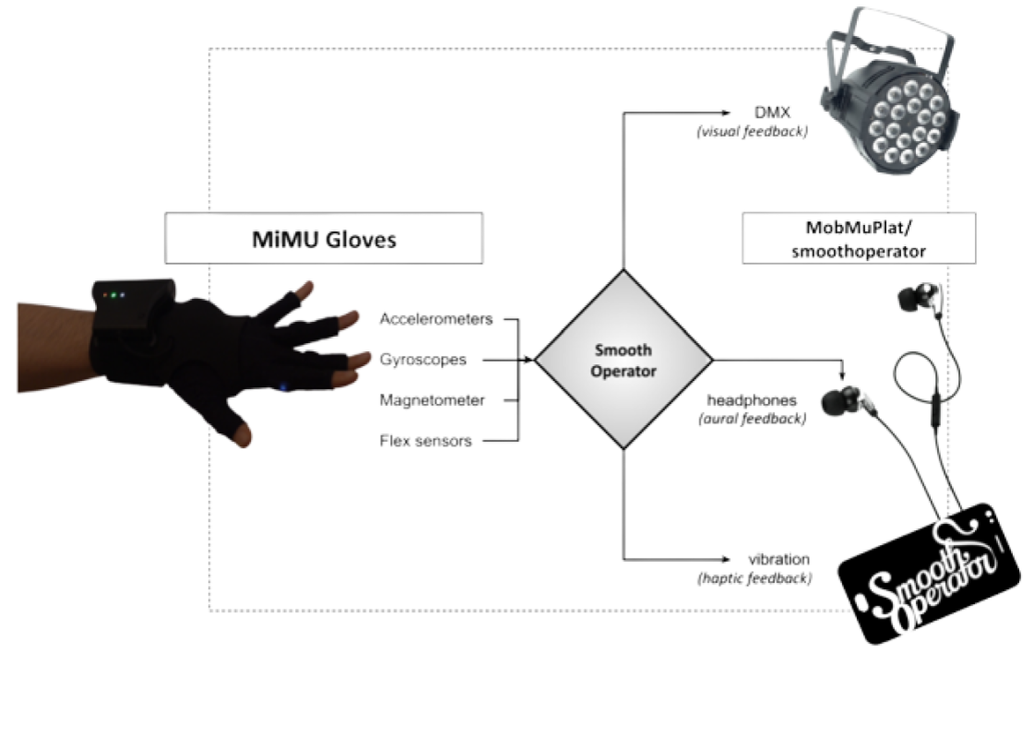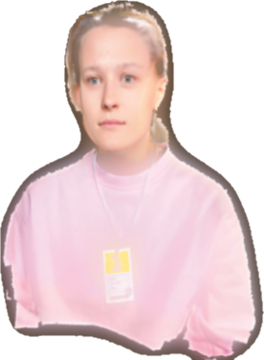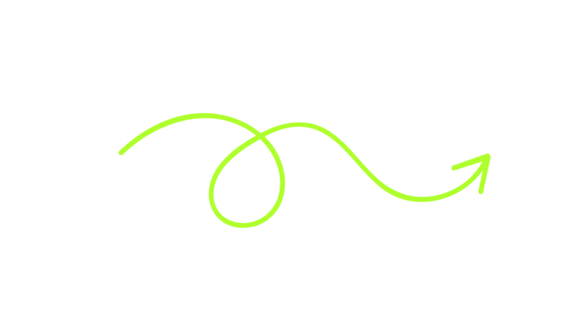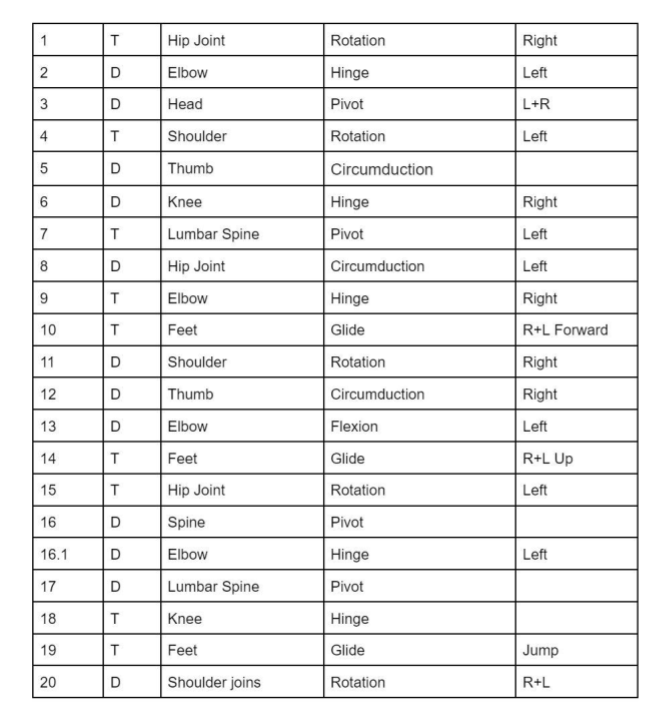Algorithm
Crucially, a mediating algorithm, which we conceptualize as the actant behind our 'phenomenological switch', introduces a regime-based logic to the interaction. By deciding when the movement regime changes, this bit of code actively shapes the evolving interaction, determining when and how transitions occur between partially predesign behaviors of the lights. This algorithm exerts agency within the assemblage by translating movement into an emergent visual-spatial field. As Müller (2015) highlights, actor-networks challenge traditional notions of power by foregrounding the relational and processual dimensions of agency, where human and non-human elements contribute to the production of meaning and affect. By foregrounding this mediation, we reconsider the digital component not as a passive conduit, but as an active participant in recomposing the performance’s audiovisual landscape. This interplay of movement, code, and light thus exemplifies a co-functioning assemblage, where agency is not fixed but continually redistributed across human and non-human actants.
Interaction based on smoothness (phenomenological switch?)
In our experiment, we developed a custom smoothness metric to analyze and interpret the dancer's movement in real time. This metric was derived from two primary data sources: body landmarks estimated from 2D video capture and accelerometer data collected from a smartphone securely attached to the performer. The smoothness metric allowed us to identify key moments of flow—where high smoothness values indicated that the dancer's movement remained within a consistent movement regime—and interruption, where low smoothness values suggested a transition into a new regime. These transitions, which we conceptualize as 'phenomenological switches', served as triggers for modulating the behavior of a set of 20 light spots positioned behind the performer. Each switch in movement regime corresponded to a distinct shift in the light behavior patterns, dynamically altering the spatial and temporal distribution of illuminated points to create evolving visual compositions. In parallel, the aggregated accelerometer data—representing the overall quantity of movement—was mapped to control the intensity and speed of these evolving light patterns. This dual-layered interaction framework enabled a responsive feedback system in which the dancer's movement not only influenced the structural organization of the lighting system but also modulated its dynamism, reinforcing the interplay between body, space, and audiovisual experience.
As our research unfolded, we have tried to negotiate on how we can shape the desire through the logic of assemblage. To start with we outlined that the condition of such an experiment should meet the following criterias:
* non-representational
* non-hierarchical
* non arborescent, rhizomatic
* aligned between the lines of content and expression
* aligned between the image and the sign
* aligned between experimental and poetic
In order to meet such conditions it was necessary to revise the ways of artistic co-production that are commonly known to us and that are traditionally articulated through the vocabulary of disciplines (multidisciplinary, transdisciplinary, interdisciplinary, ect.) This presents a form of a strata that fails to host all the material and relational components of the experiment and be inclusive of the paradoxical jumps and errors that might occur in the process. Therefore we decided to make a conceptual move from disciplines to competencies and agencies. This shift allowed us to reposition from the question of: How can mathematics, music and dance collaborate together in an arctic production? to:
How can we bring a number of heterogeneous elements to space and create a condition of their function as components through the application of the competences and agencies present in our team?
Generative Soundscape
In addition to controlling the lighting system, our dual-parameter setup—comprising movement energy and higher-level behavioral regimes—was also employed to articulate a generative soundscape. The movement energy, derived directly from the real-time accelerometer data, provided an immediate mapping to control aspects such as the density, amplitude, and spectral characteristics of the sound, ensuring a direct correspondence between the dancer's physical intensity and the auditory output. Complementing this, the higher-level behavioral regime, determined by the phenomenological switch discussed earlier, influenced the structural evolution of the soundscape by transitioning between distinct sonic textures and processing states. This dual-layered system was implemented using Max/MSP, where custom signal processing algorithms dynamically modulated synthesis parameters and spatialization effects. The generative audio engine interfaced with Ableton Live, where pre-defined sound processing chains were triggered and modulated in response to the dancer's movement states. This interaction facilitated an evolving auditory environment, with fluid transitions between contrasting sonic behaviors, reflecting the performer's embodied states. The integration of these parameters enabled a rich interplay between movement and sound, enhancing the immersive quality of the performance and reinforcing the dialogical relationship between the dancer and the audiovisual media.
Dance
The conceptualisation on dance began with a question on how can I mobilise my professional competence and personal agency (especially in a performing space) in order to create a possibility of flow and interaction through dance. Following this task I composed a score, (or it might be more accurate to name it a guiding map) based on the mobility of the synovial joints for they define both, the movement and the limitation. The score included five types of movement: rotation, hinge, pivot, glide and circumduction. In the next step the order and the body parts were defined, while the direction and speed remained open for a possibility. As seen in the score some of them are marked with T for Territorialisation and and D for Deterritorialization - the opposing poles of stabilization and becoming.
It is clear that such a score is a figure of through rather than a realistic organisational order. To start with, a mobilization of such joints is not possible in isolation, secondly the movement is not defined in time and space, leaving it open to a possibility and each of the reactions produces additional movement that exist simultaneously to the score. One could approach this dance as inclusive of the three components of the machinic assemblage: it deals with the material and energetics through movement, it integrates the semiotic component by the means of score that acts as operational code, lastly it allows for corporeal individuation by decentering the movement from by challenging the sovereignty of the brain with an impossible task.
